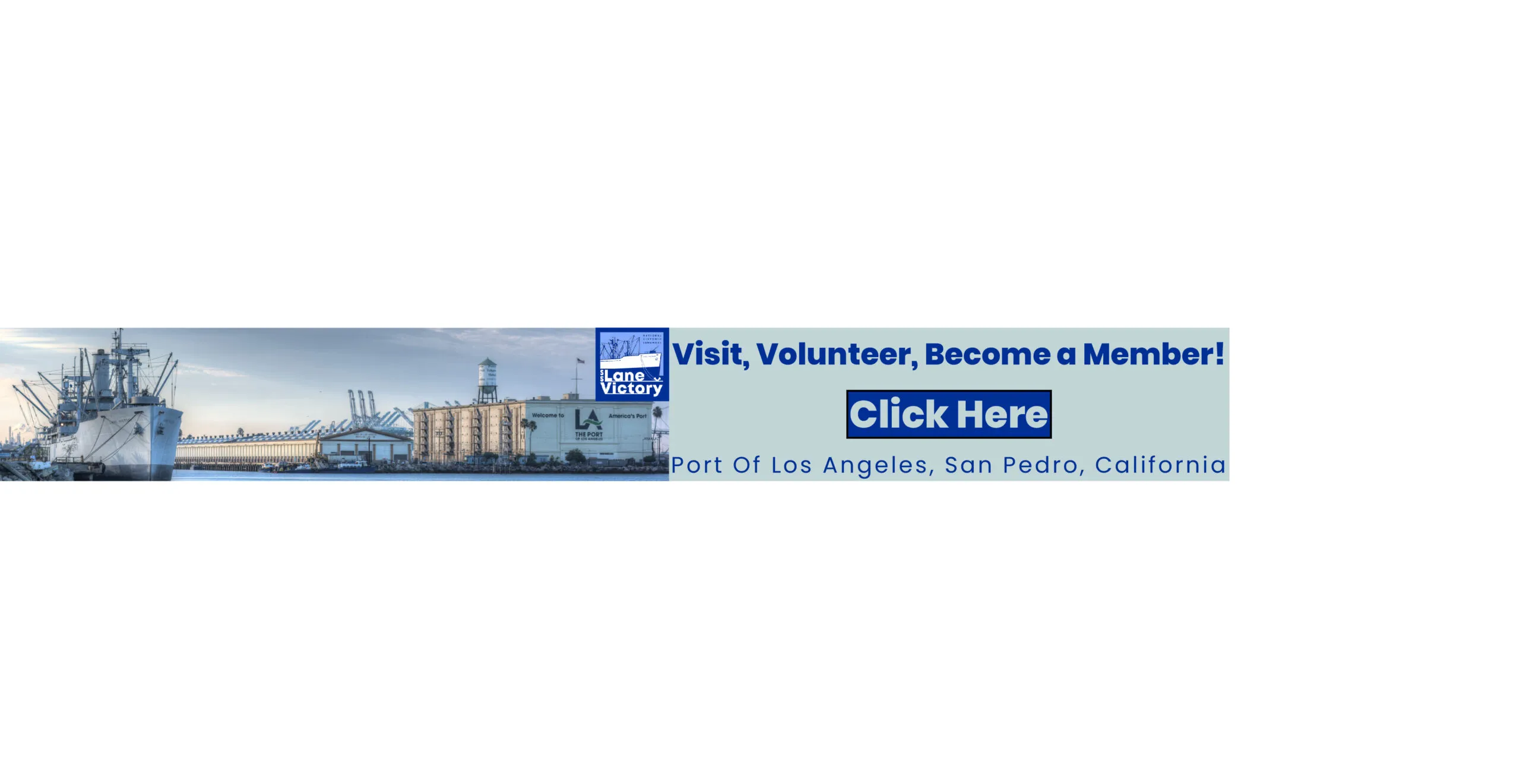By Cassandra Heredia, Contagious Disease Liaison at LAX
Having been ‘on the front lines’ of this situation since it started back in January I’ve been in continuous contact with the Center of Disease Control and Los Angeles County’s Department of Public Health. I sometimes get calls at midnight long before I get out of bed in the morning. I worked 12 hours on Superbowl Sunday, went 31 days without a day off and have become really practiced at setting up conference calls in my sweats, from my car, in a parking lot.
My regular job is as an emergency manager at LAX, but I’m currently on assignment to the Los Angeles County Emergency Operations Center to support COVID-19 efforts. Because I’ve been at LAX for about 10 years, I’m the lucky duck that gets the assignment of ‘contagious disease liaison.’ I’ve dealt with Ebola, MERS, Zika, measles and now COVID 19. I can tell you that while this disease is not ‘deadly’ compared to Ebola, SARS or MERS, it has certainly posed some unprecedented challenges. A lot of that is based on public concern. I think because the messaging has just been so inconsistent no one knows what to believe or expect.
In my mind, it comes down to control. When we feel threatened and there’s no clear way to avoid the threat, we kind of scramble to latch on to what we know and to what gives us comfort. For some of us that means making sure our family will want for nothing and buying all the supplies we can get our hands on. For some of us it means staying holed up in our homes and not going out. We reason that because others depend on us we can’t afford to get sick or become “Typhoid Mary.”
There is a lot of misinformation out there. It’s compounded by lack of easy access to reliable, informed sources while unreliable or less than reputable sources flood social media platforms. Even some media sources report only part of the information —the doomsday part — and that doesn’t help. Sometimes it’s been intentional and opportunistic, but I think that some of it has also been unintentional because journalists are reporting on a topic on which they have no expertise.
Let me give you answers to the questions I’ve been getting for weeks. Keep in mind that this information is what I’ve been receiving from the CDC and the Los Angeles County Department of Public Health.
- Why was it so bad in places like China and Italy?
Based on what I’ve learned, there are three major considerations to an epidemic: how easily the virus can be transmitted, how people contribute to disease transmission and resilience of healthcare systems to handle a rush of new cases. Evidence so far says that COVID-19 actually transmits less easily than the flu, and it does so via droplets when people cough or sneeze. That’s why social distancing (a fancy term for ‘personal space’) is so important. In the U.S., the average distance we allow between ourselves and others in public spaces is 3-5 feet, but in places like China, Italy and countries in the Middle East personal space falls to under 3 feet — a distance that more easily exposes people to sneeze and cough droplets from others. Also, since the U.S. has one of the best healthcare systems in the world, we can absorb more cases and give sick people more effective care than a lot of other nations.
- Should I wear a mask?
I’ve heard this question a bazillion times. Here’s the rundown. When someone is sick, you want to make sure that they can’t spread their germs to others when they cough or sneeze, so those people are asked to wear masks. People who are well don’t get a benefit from wearing masks unless they are healthcare providers or those with close or constant exposure to ill people. Imagine you’ve decided to wear a mask and someone next to you sneezes while you’re standing in line at the store or the airport. Almost instinctively you reach up to your face to adjust your mask, and bingo, if any droplet has hit your hand you have just delivered it to your nose, mouth or eyes. We touch our faces anywhere from 15 to 50 times an hour, depending on which study you reference, so the less you bring your hands to your face, the better.
- Why is handwashing and sanitizer important?
Well, I think if you read No. 2 you get it. But just to be clear, hand washing with soap and water (it does not have to be antibacterial soap to be effective) is more effective than using sanitizer. Please note that making sure your hands are dry is also important, since wet hands transfer germs better than dry ones. And I don’t know about the rest of you, but my hands are getting dry because of all the washing, and you don’t want your hands or cuticles to get cracked. Once that happens, your first line of defense—your skin—becomes compromised. So, keep your skin moisturized and healthy.
- How long can Coronavirus live in the air, or on surfaces?
This one is tricky because we’re still learning about this particular ‘coronavirus,’ named COVID-19. Other coronaviruses include SARS and MERS, but there are hundreds of viruses that fall into this category. COVID-19 has also been given the name, by some, as SARS 2, because it has similarities even though it hasn’t been shown to be as serious or ‘deadly’ as SARS. The term coronavirus is more of a general term, like ‘football player’. SARS is called an ‘airborne’ virus, because it gets transmitted by droplets; airborne doesn’t mean that someone who is breathing the air around you can infect the air without droplets. COVID-19 acts like SARS. Additionally it’s been reported that coronaviruses can live for up to nine days. This is where people are making assumptions about COVID-19 being the same as SARS. SARS can live for up to nine days in a controlled laboratory setting. For SARS to live for nine days, it has to have an optimal temperature, optimal humidity, and a stainless steel surface with protein that has been left on it (so no one is cleaning it). It’s kind of the ‘boy in a bubble’ mindset. But how long a virus survives is not the same as how long it has the strength to infect a host (called infectivity). It’s kind of like having a car that will start but the transmission doesn’t work so it can’t actually go anywhere. None of these circumstances would exist in a real world setting and this is the context being lost. So even if COVID-19 were as resilient as SARS, the conditions needed for it to survive for days on end, let alone infect a host, would be incredibly unlikely.
- Finally, how ‘deadly’ is COVID-19?
The global average on Friday March 13 was that for every 100 people who got sick, 96 of those people would survive. China has stabilized at around this average. Sadly, Italy’s average ‘morbidity’ rate is 6.5%, which means for every 100 people who will get sick, 93 will recover. Here in the US our ‘morbidity’ rate is 2.13%, which means that for every 100 people who will get sick, 98 will recover. This is at least in part because our socially acceptable practices are to have greater ‘personal space’ and because our healthcare system is better than many nations.
It’s also worth noting that many people experience such mild symptoms that they don’t even know they’re sick, so they go about their daily lives without noticing the errant sniffle. Finally, I want to point out that COVID-19 itself is not ‘deadly.’ The virus infects a host, and the host body’s ability to fight off the virus is what makes the difference. The virus goes after lung tissue, so if you don’t have a lot of healthy lung tissue or you have a compromised immune system you will likely have difficulty fighting off the infection. This is likely why elderly people who may have already had a lifetime of smoking, pollution or other elements that tax their lungs are more susceptible to serious onset of the virus, but so far no child under the age of 10 who has contracted the illness has died. When a host’s body reacts to an infection in the lungs, it can cause fluid to build up and that’s where the connection to pneumonia comes into play.
So, there’s the information as I have it and understand it. For me, as Pollyanna as it sounds, these circumstances are an opportunity for us to connect as a community to support our families, neighbors and businesses. Now is not the time to take an every-man-for-himself approach. I understand people are concerned, and in many cases, the concern is justified. In some ways, the steps our local, state and federal governments are taking are kind of like closing the barn door after the cow got out, but this situation is unprecedented and we are learning every day. I hope the information I’ve provided here answers some of the questions people have about COVID-19 and calms some of the fears so that even if the cow is out, we don’t have to be so concerned about it. After all it’s not the four horsemen, it’s just a cow.
Cassandra Heredia is a San Pedro resident who is the contagious disease liaison at LAX.



